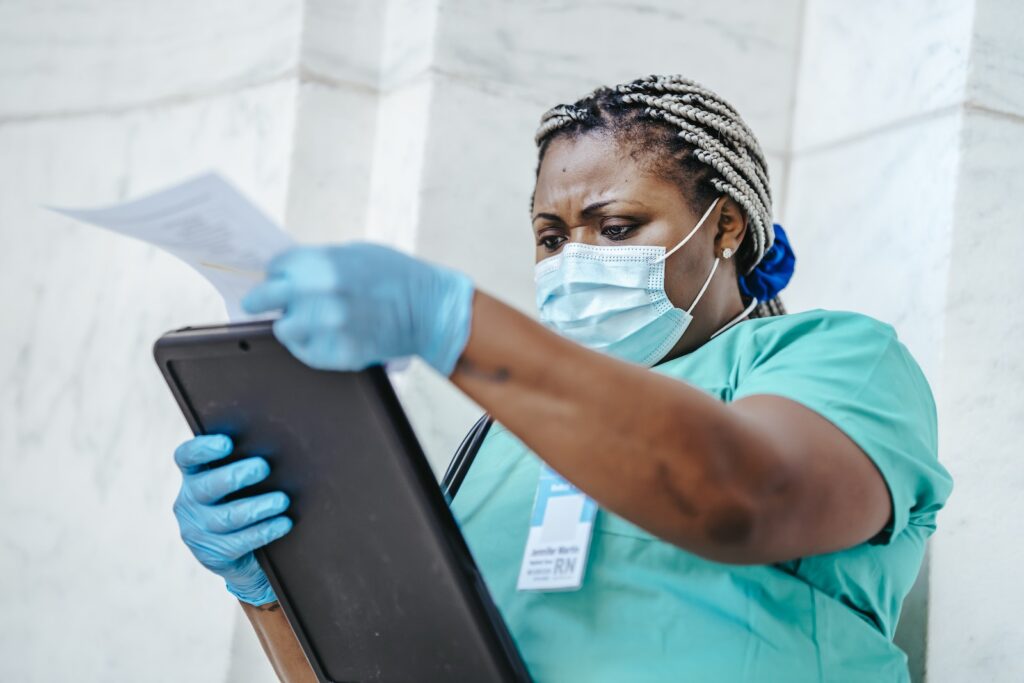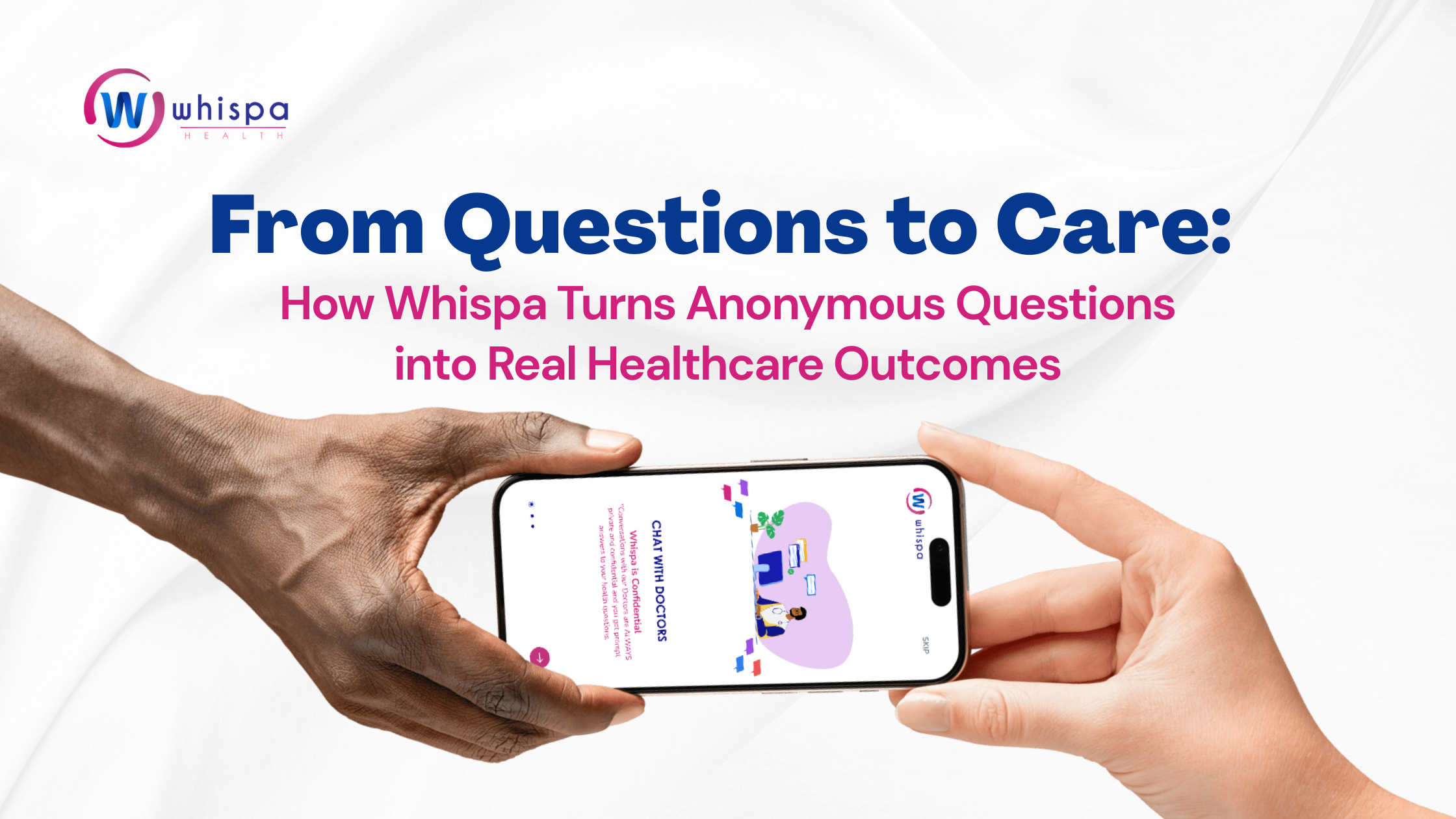This year has been all about the pandemic. Don’t worry, we are not here to talk about Covid-19. Instead, we want to highlight another unacknowledged Pandemic- Sexually Transmitted Infections (STIs). We call it a pandemic because millions of people all over the world are infected. Moreso, they do not get tested to know. Worse, it is easily spread from country to country through one of our hobbies as humans-SEX.
Studies have shown that nearly 50% of all STIs are found in people 25 years or younger. This makes a lot of sense though. The ’20s tend to be that age when many people are less knowledgeable about their sexual health, Not to forget, they also have sex frequently. Do you know that you can be at risk of getting an STI ‘every time’ you have sex? With anyone- male or female and it does not matter whether it involves genitals? the mouth or the anus (or all three)? Did you also know that pregnant women can also transmit STIs such as HIV or Syphilis to their unborn children? If detected early in pregnancy, prevention of such is possible.
How can you prevent STIs?
Practice safe sex by sticking to one sexual partner (it helps if they are faithful to you too). Also wear a condom to reduce your chances of contracting an STI. We say ‘reduce your chances’, because the only way to truly have a 100% guarantee is to avoid sex completely. Since most of us cannot do that, then going for a test routinely is important. It is the right action to do because most STIs are asymptomatic in their early stages. This means that it’s only when the situation is complicated that many people start to seek treatment.
Can you get tested anytime you like?
Many people want to go to the doctor or lab the next day after unprotected sex to get tested? Do not do this! When you test too early, you run the risk of getting inaccurate results. For example, the Human Immunodeficiency Virus (HIV) has a window period of about 3 months during which testing for HIV would be a waste of your time. This is because you could be HIV positive but still have negative test results during those first 3 months.
Check out the best time to get tested for the 10 commonest S.T.Is
It can be a bit difficult to know or remember the time frames or window period after which you can test for STIs. We have done the research for you to discover the right time to test for some of the commonest STIs. So let’s get started:
1. Chlamydia (Caused by the bacteria Chlamydia trachomatis)
The best time to go for a test for chlamydia is 2 weeks after possible exposure. Also, two weeks to three months after you completed treatment, we recommend you get tested again to confirm that you are Chlamydia-free.
-
Gonorrhea (Caused by the bacteria Neisseria gonorrhoeae)
The best time to go for a test is 1 week after possible exposure. You should also get tested two weeks to three months after completing treatment to confirm you’re gonorrhea-free.
3. Syphilis (Caused by the bacteria Treponema pallidum)
The best time to go for a test is 3-6 weeks after possible exposure. You should also get tested again two weeks after completing treatment to confirm that you are indeed cured.
-
Trichomoniasis: (Caused by the protozoa Trichomonas vaginalis)
The best time to go for a test is 1–4 weeks after you had unprotected sex. If positive get treated, and then test again two weeks after you get treated. Did you know that pregnant women with untreated Trichomoniasis tend to have premature delivery and low birth weight? Now you know!
5. Hepatitis B Virus
This virus can severely damage the liver and the best time to get a reliable result is after 3-6 weeks. In case you test positive, you don’t have to get tested again. This is because the virus does not have a cure. Although, there are treatments that can help reduce the signs and severity of the symptoms. There are also vaccines to prevent you from ever getting the infection.
-
Hepatitis C Virus
This virus can severely damage the liver and the best time to get a reliable result is after 8-10 weeks. In case you test positive, you don’t have to get tested again because this virus does not have a cure, however, there are treatments that can help reduce the signs and severity of the symptoms. There are no vaccines as at today for Hepatitis C Virus
7. Herpes (HSV-1 or oral herpes or cold sores)
Usually, the symptoms are pretty obvious, but the best time to go for a test is 6 days if you have an active sore or 3 months after suspected exposure if you have no sores but wish to do a blood test. For those who are wondering, oral herpes is usually transmitted from mouth to mouth so avoid kissing someone with cold sores or any blisters on their mouth. Please note that HSV-1 can also be transmitted during oral sex and become genital herpes for the receiving partner. This infection is very common and many young kids are infected before they are even 5 years old because of adults who kiss babies on their lips. There’s a story of how this caused a newborn baby to die before her 21st day.
-
Herpes (HSV-2 or Genital Herpes)
Like with HSV-1, the best time to go for a test is also 6 days if you have an active sore or are experiencing symptoms or you can wait for 3 months after suspected exposure if you have no sores but wish to do a blood test. Even though it is commonly called genital herpes, it is actually possible to transmit it to your partner’s mouth during oral sex. If you think you have an active herpes lesion, please stay off sex until it goes away to avoid infecting someone else.
9. Human Immunodeficiency Virus (HIV)
The recommended time frame to test for the Human Immunodeficiency Virus (HIV) is 3 months after suspected exposure but this is not applicable if you have never been tested before. Now after your first test, if the result is negative, you should check again after 3months and at least once a year if you frequently have unprotected sex. There are treatments that help your immune system to suppress the virus and they have to be taken every day. Like many of these other sexually transmitted viruses, there is no cure.
- HPV (Human Papillomavirus)
WHO recommends that women get the HPV vaccine which can be given from as early as 9 years old up to age 45. It is also advisable that women do a cervical screening test at least once every 5 years because HPV has been known to cause cervical cancer in women. Women can also choose to get tested 1 month after a suspected exposure or if they believe their partner may have genital warts. For women, the HPV test can require a pap smear or VIA, while there are no tests for men, but genital warts are often present.
In Summary
Generally, STIs that are caused by bacteria can be treated and cured while STIs caused by viruses usually cannot be cured, however, in most cases, there are treatments that help reduce the severity of your symptoms.
In addition, you could get treated for a bacterial STI and still catch it over and over again because you are not immune from such STIs just because you had it before. There are vaccines for preventing two types of STIs- HPV and Hepatitis B and are available for both men and women and even for children as young as nine years old, because the aim is to vaccinate kids long before the first time they have sex.
Do you have any questions? Simply chat with a doctor on Whispa today!







